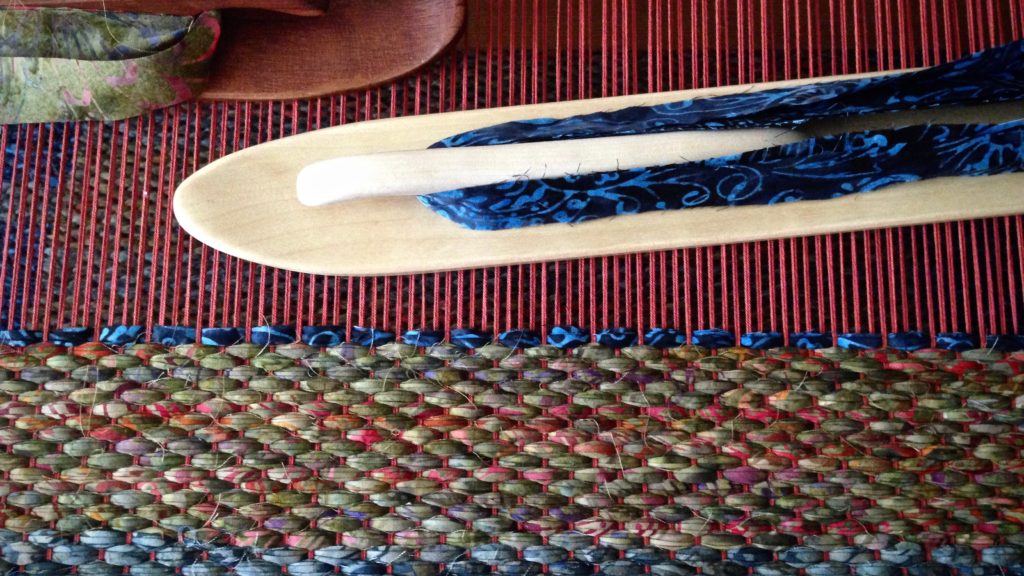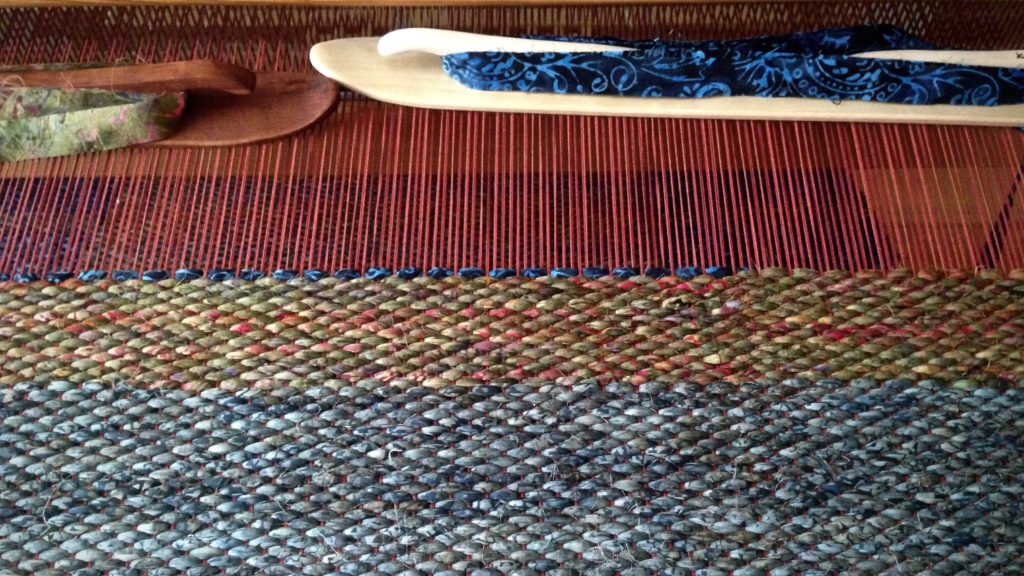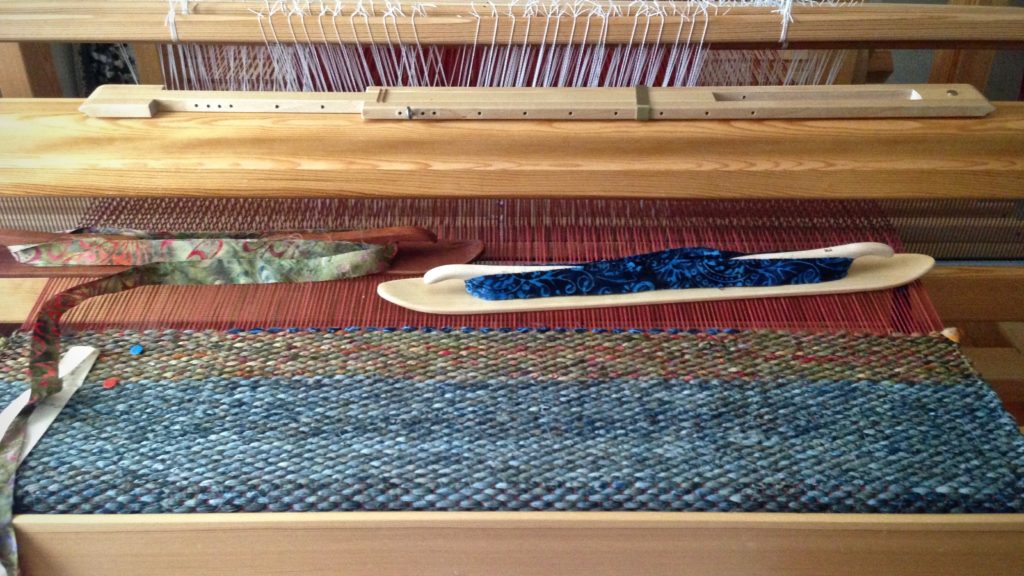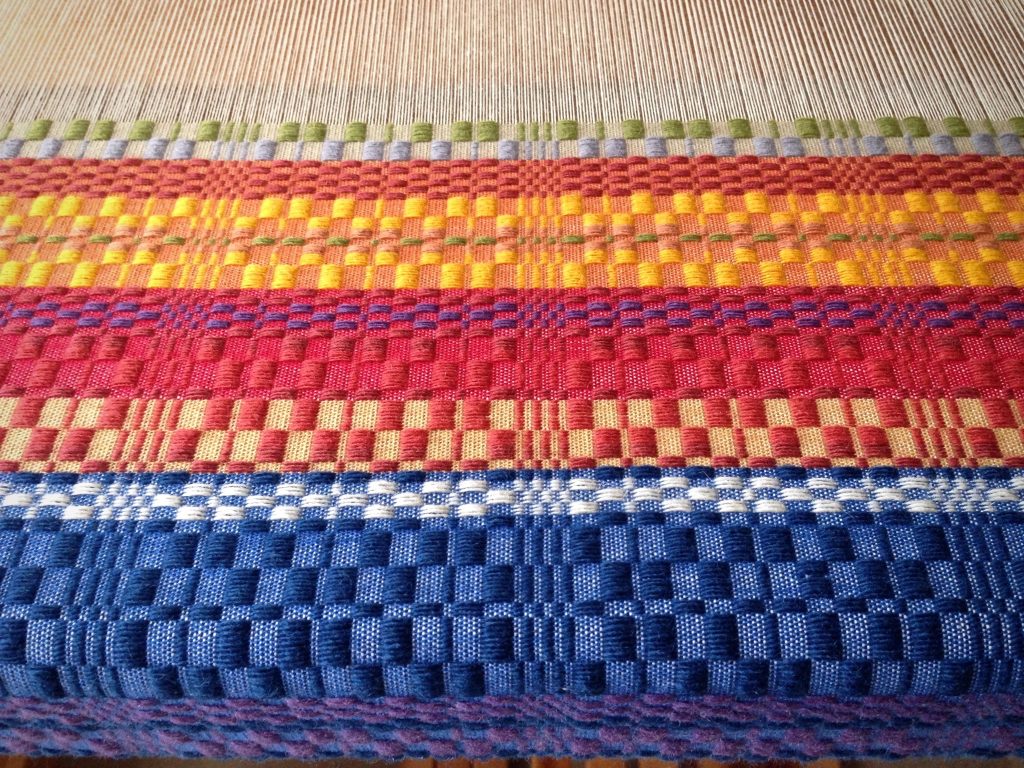Does this color enhance or detract? Is there enough contrast between background and pattern? Is five centimeters of plain weave between pattern sections too long, or too short? I ask myself questions as I weave a new design. I consider all the technical aspects, as well. Warp tension, treadling finesse, and shuttle shuffling. Attention to detail matters.

Details begin in the planning stage with design, choice of materials, and colors. While weaving rosepath rag rugs, consistency counts. I aim for a consistently firm beat and good, tight selvedges. All of these elements contribute to quality. And as I grow in my weaving skills, overall quality improves.


A person’s character is defined by their motivations. It’s not what you do, but why you do it. It is not enough to look good. I can buy a cheap rug that looks good. But if I could examine how it was made, I might find the shortcuts that diminished its quality. Our inward motivations are revealed in our outward behaviors. The cheap rug fades and comes apart all too quickly. By examining our own motives we build quality of character. The result is not only lovely, but durable, too.
May your quality control efforts succeed.
With you,
Karen









